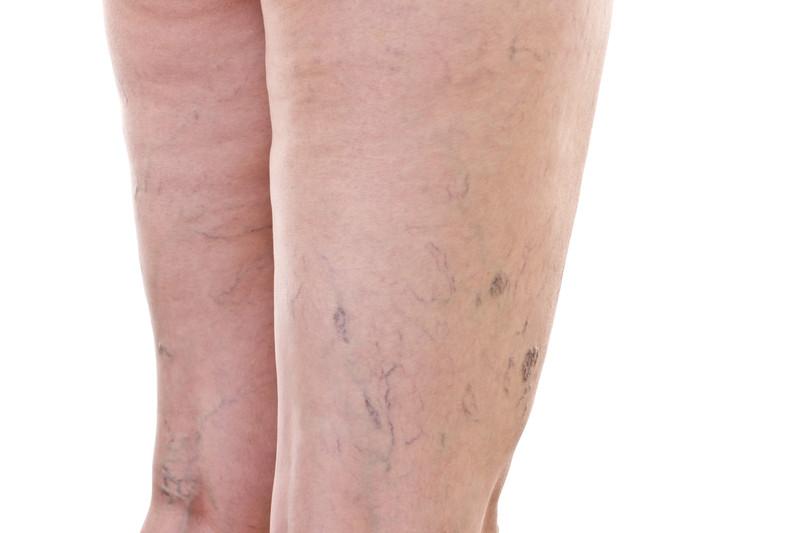
DVT Risk Assessment Tool for Nurses Using Modified Delphi
DVT (Deep vein thrombosis) refers to the blood clots that form in the deep veins of the legs. They can be harmful, but a doctor can determine if a person is at the risk of DVT by reviewing the personal history and the current health.
The Delphi Technique is designed to gather input from the participants without the need to have a face to face interaction. The process often helps to find a consensus where there are differing perspectives and views. Delphi technique enables group problem using an iterative process. The process involves the definition of the question, discussion, feedback as well as revisions.
Modified Delphi can apply to a nurse's evaluation of DVT risk assessment to interpret the results and initiate the process of the things it takes to protect formation of formation of more clots. When the analysis reaches a doctor, he might ask to keep a copy for reference in future.
Risk scores might indicate the odds of developing DVT during hospitalization or surgery to treat a severe illness. Regular fliers who travel in a plane for more than 5 hours could also be at a risk of DVT thus an assessment provides feedback that they should take more precautions. Studies show that a score of 0-2 risk factors is an indication that the risk of DVT is small.
How to calculate DVT risk
The value of Modified Delphi in DVT risk assessment is that the tool is a questionnaire that gathers information from the participant by presenting various statement different sections. You feel the applicable statement and enter the number of points that show for each checked comment at the provided space. Adding all the points at the end will show the total DVT risk score for sharing with a healthcare professional.
Example of DVT Risk Assessment statement
Add 5 points for the statements that apply.
- Broken leg, pelvis or hip within the last month
- Recent knee joint or hip replacement surgery
- Stroke within the previous one month
- Spinal Cord injury that results in paralysis within the previous one month
Add 2 points each for the applicable statements
- Age 60-75 years
- Cancer (current or previous)
- Recent major surgery that lasted more than 45 minutes
- Recent confinement to bed rest for over 72 hours
- Recent arthroscopic knee surgery
Add 1 point for each applicable statement
- Age 41-60 years
- Major surgery in the last one month
- Plan for surgery soon
- Any current swelling on the legs
- Severe infection in the previous one month
- Heart attack within the previous month
- Current restricted mobility or bed rest
The connection between DVT risk assessment tools and Modified Delphi
The format of DVT risk assessment makes it simple to use with Modified Delphi because it involves several rounds of filling a questionnaire and compiling the responses. It may take up to five rounds like in the example of risk evaluation above.
A score at the end of filling the different rounds of the questionnaire will show the DVT risk level and enable a healthcare professional to make an informed decision. The general interpretation of scores is:
- 0-1: Low risk. There is no current risk, but it is essential to reassess the DVT risk at annual examinations or regularly scheduled health care visits
- 2: Moderate risk. It is essential to share answers to the survey with a healthcare professional during the next appointment for addressing of the chance.
- 3+: High risk. Shows an increased likelihood that requires sharing of the answer with healthcare professionals for quick addressing of the risk.
DVT poses a threat and even hinders recovery of hospitalized patients. Treating compared the minimal cost of preventing its occurrence is costly. DVT risk assessment tool for nurses helps to identify the chances of occurrence early enough to take preventive measures.

